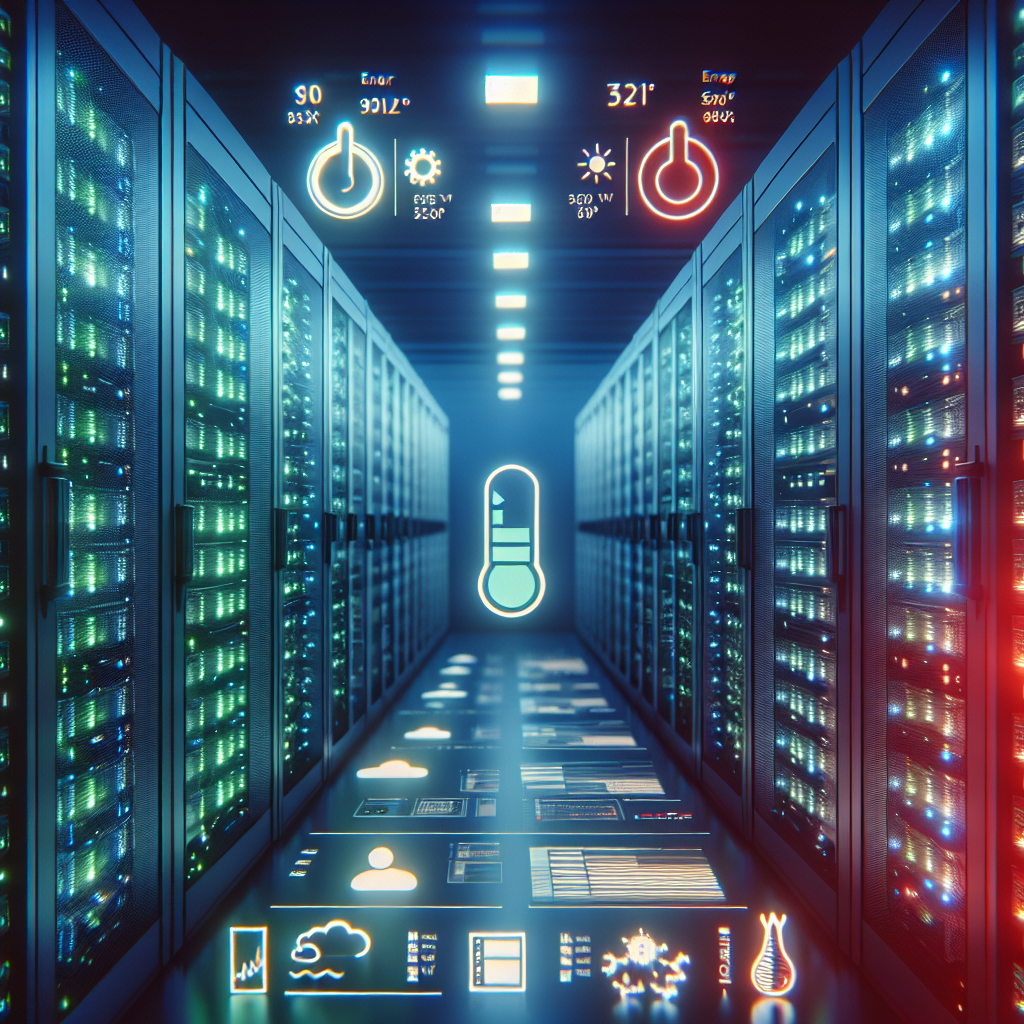Your cart is currently empty!
Measuring Success: Key Metrics for Monitoring Data Center Energy Efficiency

Measuring Success: Key Metrics for Monitoring Data Center Energy Efficiency
Data centers are critical infrastructure that power the digital world, housing servers, storage devices, and networking equipment that enable businesses to function and thrive in the modern era. However, they also consume a significant amount of energy, making energy efficiency a top priority for data center operators. Monitoring energy efficiency is crucial to optimizing performance, reducing costs, and minimizing environmental impact. But with so many factors at play, what are the key metrics for measuring success in this area?
One of the most important metrics for monitoring data center energy efficiency is Power Usage Effectiveness (PUE). PUE is a ratio that measures the total energy consumed by a data center against the energy used for IT equipment. A PUE of 1.0 would mean that all energy is being used efficiently for computing purposes, while a higher ratio indicates wasted energy on cooling, lighting, and other non-IT functions. By tracking PUE over time, data center operators can identify inefficiencies and implement improvements to reduce energy consumption.
Another key metric is Data Center Infrastructure Efficiency (DCiE), which is the reciprocal of PUE. DCiE measures the efficiency of IT equipment in converting energy into useful computing work. A higher DCiE value indicates better energy efficiency, while a lower value suggests that a significant portion of energy is being wasted. By monitoring DCiE alongside PUE, data center operators can gain a comprehensive understanding of energy usage and make informed decisions to improve efficiency.
In addition to PUE and DCiE, other important metrics for monitoring data center energy efficiency include Energy Reuse Effectiveness (ERE), which measures the efficiency of reusing waste heat generated by IT equipment for other purposes, and Carbon Usage Effectiveness (CUE), which quantifies the carbon emissions associated with data center operations. By tracking these metrics, data center operators can not only improve energy efficiency but also reduce their environmental impact.
To effectively measure and monitor data center energy efficiency, operators should invest in monitoring tools and software that provide real-time data on energy usage, temperature, humidity, and other key metrics. By analyzing this data and implementing strategies such as virtualization, consolidation, and airflow optimization, data center operators can achieve significant energy savings and cost reductions while maintaining optimal performance and reliability.
In conclusion, monitoring data center energy efficiency is essential for optimizing performance, reducing costs, and minimizing environmental impact. Key metrics such as PUE, DCiE, ERE, and CUE provide valuable insights into energy usage and efficiency, enabling data center operators to make informed decisions and improvements. By investing in monitoring tools and implementing energy-saving strategies, data center operators can achieve success in managing energy efficiency and sustainability in today’s digital age.

Leave a Reply